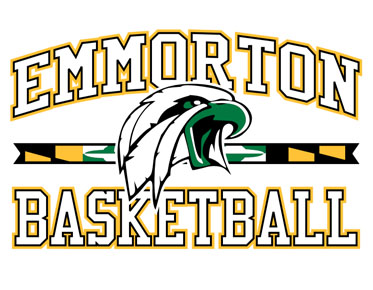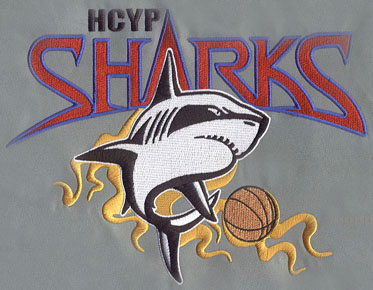Practical Tips for Efficient and Accurate Vector Art Conversion
Converting raster graphics to vector format
requires attention to detail and efficiency to ensure accurate results. This
article provides practical tips and considerations to enhance the efficiency
and accuracy of vector art conversion.
By following these guidelines, you can streamline the conversion process and
achieve high-quality results.
I. Use High-Quality Source Images:
Start with high-quality source images for
vector art conversion. Clear, high-resolution images with well-defined edges
and minimal noise will yield better results. Ensure that the source images are
free from artifacts, blurriness, or compression issues.
II. Choose the Right Conversion Method:
There are different methods of converting raster to vectors, such as
manual tracing, automatic conversion tools, or a combination of both. Assess
the complexity of the design, the level of detail required, and the available
time to select the most suitable conversion method.
III. Optimize the Level of Detail:
Depending on the purpose and size of the final vector graphic, optimize the level of detail. Simplify complex elements, remove unnecessary details, and focus on capturing the essential features of the design. Strive for a balance between accuracy and file size.
IV. Pay Attention to Line Quality:
Ensure smooth and clean lines in the vector
graphic. Adjust anchor points, curves, and line weights to accurately represent
the original design. Eliminate unnecessary anchor points and reduce the
complexity of paths while maintaining the integrity of the artwork.
V. Preserve Colors and Gradients:
When converting raster graphics with color and
gradient elements, pay attention to preserving the original colors and
gradients in the vector graphic. Utilize vector tools to recreate gradients and
adjust color swatches to match the original design.
VI. Validate Accuracy:
Regularly check the accuracy of the vector
graphic during the conversion process. Compare the vector output with the
source image to identify any discrepancies, missing elements, or distortion.
Make necessary adjustments to ensure a faithful representation of the original
artwork.
VII. Collaborate with Professional Vector Conversion Services:
Consider partnering with professional vector art conversion services for
complex or time-sensitive projects. These services have the expertise and
specialized tools to efficiently and accurately convert raster graphics to
vector format, ensuring high-quality results.
VIII. Preserve Original Files and Work in Layers:
Always preserve a copy of the original raster graphic files and work in layers during the conversion process. This allows for easy revisions, adjustments, or future modifications without losing the original data.
Efficient and accurate vector design conversion is essential for maintaining the quality
and versatility of your designs. By following practical tips such as using
high-quality source images, choosing the right conversion method, optimizing
the level of detail, ensuring line quality, preserving colors and gradients,
validating accuracy, collaborating with professional services, and preserving
original files, you can enhance the efficiency and accuracy of your vector
graphic conversion process.
FAQs:
1. Can vector conversion services handle
complex designs with intricate details?
Yes, professional vector conversion services have the expertise and specialized tools
to handle complex designs with intricate details. They can accurately trace and
convert the raster graphics into high-quality vector files, ensuring that no
details are lost in the conversion process.
2. Can I make changes to the converted vector
graphic?
Once a raster graphic is converted to vector
format, it becomes a separate editable vector file. You can make changes to the
vector graphic using vector editing software. However, significant
modifications may require additional work, and it is advisable to consult with
professionals to ensure the integrity of the design.
3. How long does the vector conversion process
usually take?
The duration of the vector conversion process
depends on factors such as the complexity of the design, the level of detail,
and the specific requirements of the project. Simple conversions may be
completed quickly, while intricate designs may require more time. Collaborating
with professional vector art services
can provide a more accurate estimate based on your specific project
requirements.
By implementing these practical tips and
seeking professional guidance when needed, you can ensure efficient and
accurate vector graphic conversion, resulting in high-quality and versatile
vector files for your design projects.



